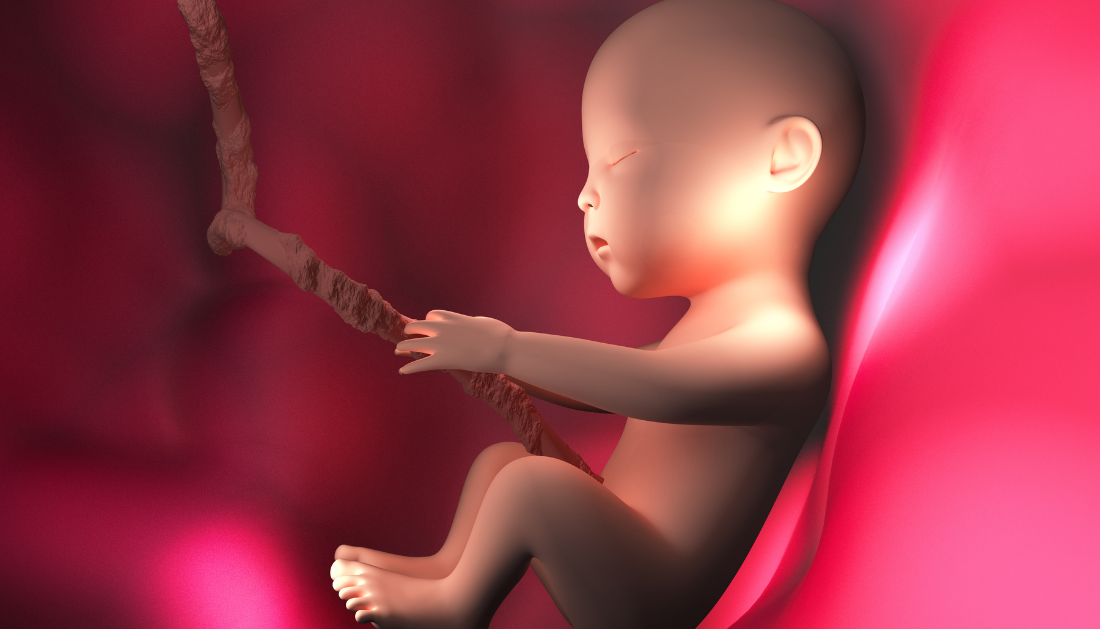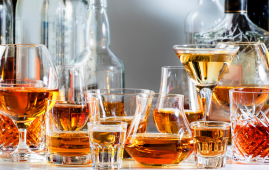

Summary: How early human embryo cells choose to produce the fetus or the sustaining yolk sac is revealed by a new study that uses stem cell-based models. It is important to comprehend this choice because the yolk sac may enhance IVF outcomes and is necessary for subsequent development in the womb.
Researchers have discovered fibroblast growth factor, a crucial signal that causes cells to become yolk sac founders in less than a day. The results demonstrate that the embryonic development of humans and other mammals is similar.
Important Details:
1. How early embryo cells decide to create the fetus or yolk sac is revealed by the study.
2. The production of yolk sacs is triggered by fibroblast growth factor, a crucial signal.
3. Understanding may help with infertility treatments, especially IVF.
Exeter University is the source.
A recent study that used stem cell-based models has provided fresh insights into the early stages of human embryonic development, which may eventually help with the creation of reproductive therapies.
The University of Exeter Living Systems Institute’s study has uncovered the process by which early embryo cells choose to contribute to the yolk sac or the fetus.
It’s critical to comprehend this choice because the yolk sac is necessary for subsequent womb development. Generating the appropriate quantity of cells that form the yolk sac may be essential for treating infertility with in vitro fertilization (IVF) embryos.
Direct study on human embryos is only possible in certain circumstances. Because naïve stem cells can form all of the cell types and structures of the early embryo, the research team, which included the University of Edinburgh, employed them. To better understand the creation of hypoblasts, the founders of the yolk sac, created stem cell models.
The main finding, which was reported in Cell Stem Cell, is the identification of a crucial signal that occurs within a brief timeframe—less than a day—to cause cells to develop into hypoblasts.
The signal is a protein produced in the embryo known as fibroblast growth factor. Prior research has overlooked this signal’s significance in human embryos.
The new research demonstrates that humans and other mammals have comparable early processes that produce an embryo and its supporting components.
Lead author Dr. Ge Guo of the Living System Institute at the University of Exeter stated: “Our findings provide insights into how the correct proportions of different cell types form in the early human embryo. We hope our research will benefit infertility treatment in future.”
Professor Austin Smith, the Director of the University of Exeter’s Living Systems Institute, said: “This study shows the power of stem cell-based models for revealing how the human embryo begins to develop.
“This establishes a foundation for future studies into the early development of the human embryo and represents a major turning point in stem cell research and embryo models.
For more information: Naive pluripotent stem cell-based models capture FGF-dependent human hypoblast lineage specification, Cell Stem Cell, https://doi.org/10.1016/j.stem.2024.05.003
more recommended stories
 Type 2 Diabetes Risk Identified by Blood Metabolites
Type 2 Diabetes Risk Identified by Blood MetabolitesKey Takeaways (Quick Summary) Researchers identified.
 Microglia Neuroinflammation in Binge Drinking
Microglia Neuroinflammation in Binge DrinkingKey Takeaways (Quick Summary for HCPs).
 Precision Oncology with Personalized Cancer Drug Therapy
Precision Oncology with Personalized Cancer Drug TherapyKey Takeaways UC San Diego’s I-PREDICT.
 Iron Deficiency vs Iron Overload in Parkinson’s Disease
Iron Deficiency vs Iron Overload in Parkinson’s DiseaseKey Takeaways (Quick Summary for HCPs).
 Can Ketogenic Diets Help PCOS? Meta-Analysis Insights
Can Ketogenic Diets Help PCOS? Meta-Analysis InsightsKey Takeaways (Quick Summary) A Clinical.
 Silica Nanomatrix Boosts Dendritic Cell Cancer Therapy
Silica Nanomatrix Boosts Dendritic Cell Cancer TherapyKey Points Summary Researchers developed a.
 Vagus Nerve and Cardiac Aging: New Heart Study
Vagus Nerve and Cardiac Aging: New Heart StudyKey Takeaways for Healthcare Professionals Preserving.
 Cognitive Distraction From Conversation While Driving
Cognitive Distraction From Conversation While DrivingKey Takeaways (Quick Summary) Talking, not.
 Fat-Regulating Enzyme Offers New Target for Obesity
Fat-Regulating Enzyme Offers New Target for ObesityKey Highlights (Quick Summary) Researchers identified.
 Spatial Computing Explains How Brain Organizes Cognition
Spatial Computing Explains How Brain Organizes CognitionKey Takeaways (Quick Summary) MIT researchers.

Leave a Comment